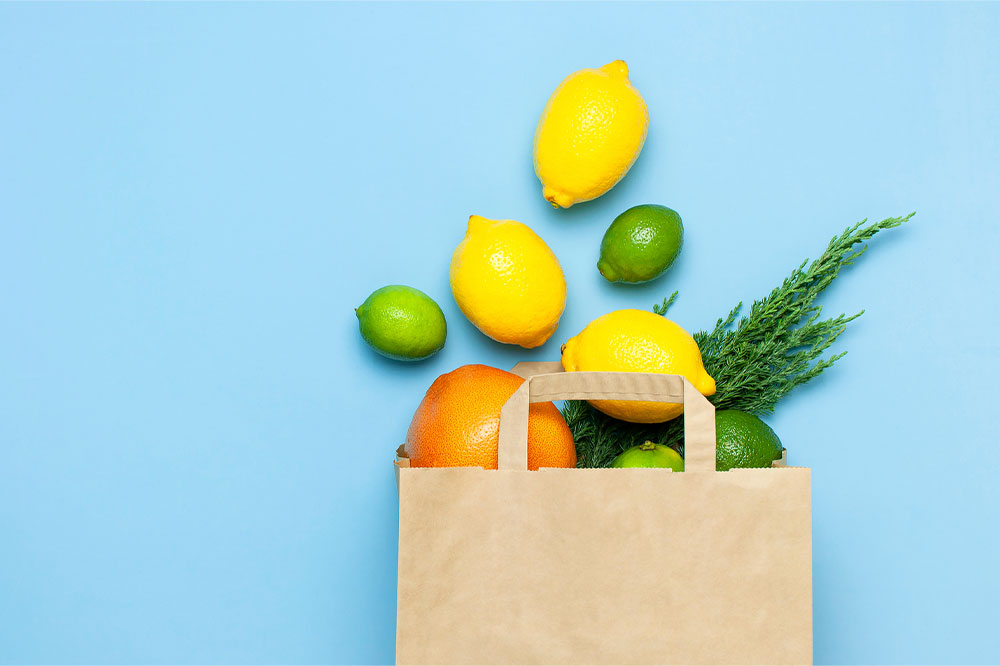5 common foods to avoid for better bladder health
The bladder is an organ in the urinary tract system that stores and evacuates urine. Its muscle walls expand and contract to collect and release the urine periodically. However, certain health complications can affect this function, resulting in increased urge, frequency, or urinary incontinence triggering an overactive bladder. Some common foods can also irritate the organ and trigger such symptoms. Thus, it is important to avoid these foods for better bladder control.
Citrus fruits
Lemons, limes, and oranges contain active citric acid that makes it difficult for the bladder to control urine output. Citric acid is a type of irritant that can worsen the symptoms among patients suffering from overactive bladder.

Salty, spicy, and processed foods
Any spice used in foods to enhance the flavors can also irritate the bladder lining. It can even trigger chronic pain, so it’s best to avoid hot peppery spices that rank high on the Scoville Scale.
Chocolate
Chocolate is one of the top foods to avoid for bladder control. Most chocolate products contain caffeine and even a few bites of chocolate can irritate the bladder and worsen symptoms linked to conditions like an overactive bladder. However, dark chocolate with more cocoa or pure white chocolate is a preferred alternative to milk chocolates that we indulge in to satisfy any midnight cravings.
Sugars
Some studies suggest that increased sugar intake can also trigger incontinence as it stimulates the bladder to release more urine. This is common for both artificial sugars like refined sugars or sweeteners and natural sugars like honey, nectar, agave, among others. Sugar has been known to trigger the symptoms of an overactive bladder.
Beverages
Apart from foods to avoid for bladder control, many beverages can disrupt the balance of liquids to be processed by the body. For example, coffee and tea are both rich in caffeine that forces the bladder to become hyperactive, and thus, process out more urine. Caffeine is a natural diuretic that forces the release of more water in the urine. Flavored sodas, soft drinks, and energy drinks also contain caffeine and fizz, all stimulants for the bladder to become overactive.
Note that the effectiveness of these changes in daily foods to avoid for bladder control will vary depending on one’s age and severity of the symptoms.

